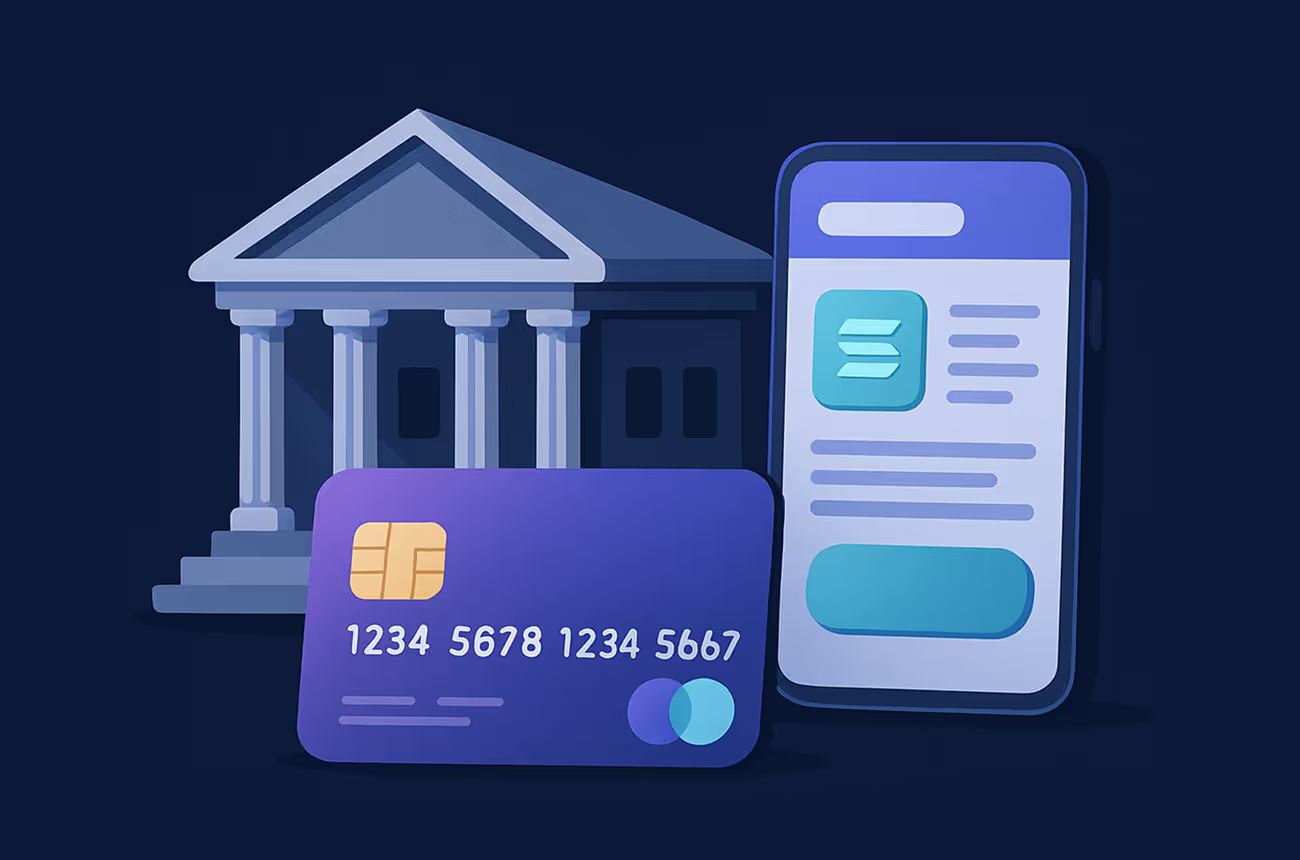Pay and Pray: Why Fintech UX Still Feels Like a 2007 Hospital Visit
Pay and Pray: Why Fintech UX Still Feels Like a 2007 Hospital Visit
Remember hospitals in the mid-2000s? Cold hallways, confused lines, a nurse with a thousand-yard stare as your only navigator, and the magic words: "Fill out the form on the third floor, then take it to the first, then come back here." That’s still how fintech UX often feels in 2025.
It’s the digital age. We send crypto to Mars. And yet, trying to make a payment online still feels like a bureaucratic nightmare. Why?
1. Interfaces Made by Accountants, Not Designers
Most fintech products look like they were designed by an audit team on zero sleep. No user journey in sight—just endless tables, dropdowns, and terminology like "validate your 3DS SDK token."
The problem: UX gets replaced by a regulatory checklist.
The fix: Test your product on real users—preferably someone who isn’t from the compliance team.
2. "UX? We Just Use APIs"
Some fintechs take pride in having no frontend at all. Just docs and SDKs. Meanwhile, the user is left wondering why their card is declined for the third time and how to find support when the website only offers a PDF.
The problem: B2B products ignore UX entirely.
The fix: Even if your client is a business, humans still use the product. Make their life easier.
3. Regulators vs. Users
"Our UX is complex because regulation demands it" — the classic excuse. Yes, fintech operates under strict rules. But even KYC flows and consent forms can be humane.
The problem: Compliance is no excuse for a Kafkaesque user journey.
The fix: Clarity. Step-by-step. Explain what’s happening. And maybe drop the CAPTCHA with a 3-try limit.
4. Omnichannel? More Like Omni-chaos
From web to app, to SMS, to email, then back to app... You're buying coffee, but it feels like applying for a UK visa.
The problem: Channels and platforms aren’t talking to each other.
The fix: Make it three clicks. Not thirteen. And please, don’t make users open three browsers.
5. Customer Journey: From Enthusiast to Digital Hermit
Users start excited: ready to open an account, add a card, verify via SMS… even upload a passport. Fifteen minutes and six errors later, they’re muttering "cash was easier."
The problem: You sacrifice long-term trust for short-term verification.
The fix: Minimize the path from intent to action. If users drop off before hitting "Submit," it’s not a funnel—it’s a meat grinder.
6. Support: Press 5 if You're Ready to Give Up
Automation is fintech’s pride—until a user needs help. Then it’s: bot-only chat, support@yourcompany.com with auto-replies, and a FAQ that says: "Error 713 usually doesn’t happen. Try again later."
The problem: Support isn’t a cost center. It’s a loyalty point.
The fix: One real human who gives a real answer > 100 bots telling you to clear cache.
7. The Fintech Illusion: You’re a Product, Not a Service
You’re not an app. You’re a payment pathway. But as long as your interface looks like beta CRM software for accountants, it won’t feel like a journey—just a maze.
The problem: Lack of product thinking.
The fix: UX isn’t a wrapper. It’s the core. A product is how it makes people feel, not what’s in your pitch deck.
User experience in fintech still feels like public healthcare in a post-Soviet hospital: functional, but not healing. Good UX isn’t about pretty icons. It’s about painlessness. It’s "I paid and didn’t even notice."
You're in 2025. The client expects the process to feel like Amazon — not the DMV. Payments shouldn't require character. They should trigger a smile.
Latest Post

June 23, 2025
Understand the key differences between banks, PSPs, and fintechs — and why it matters for your business.



